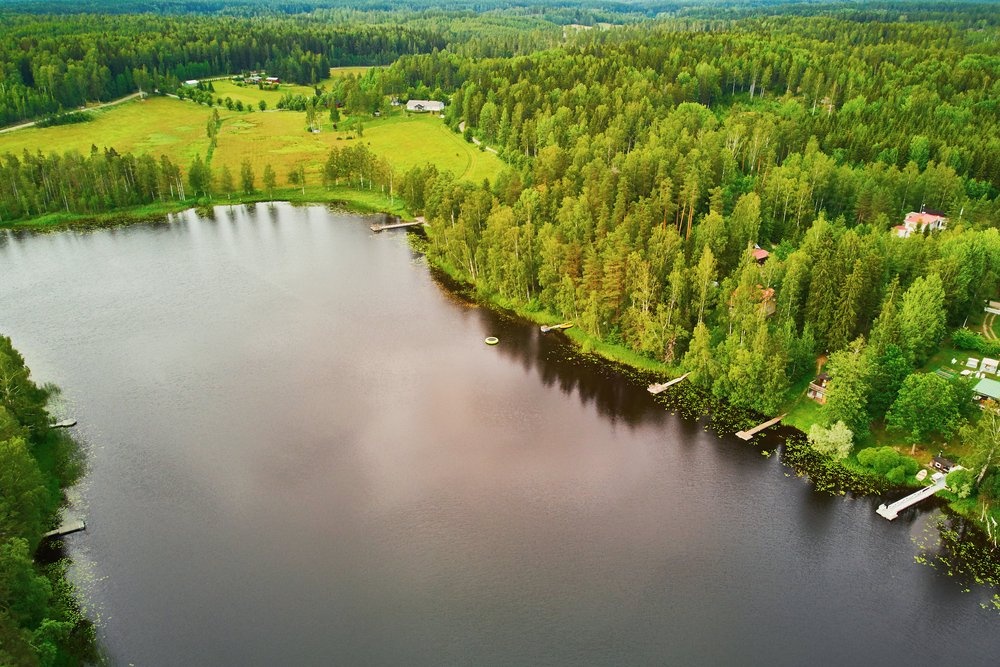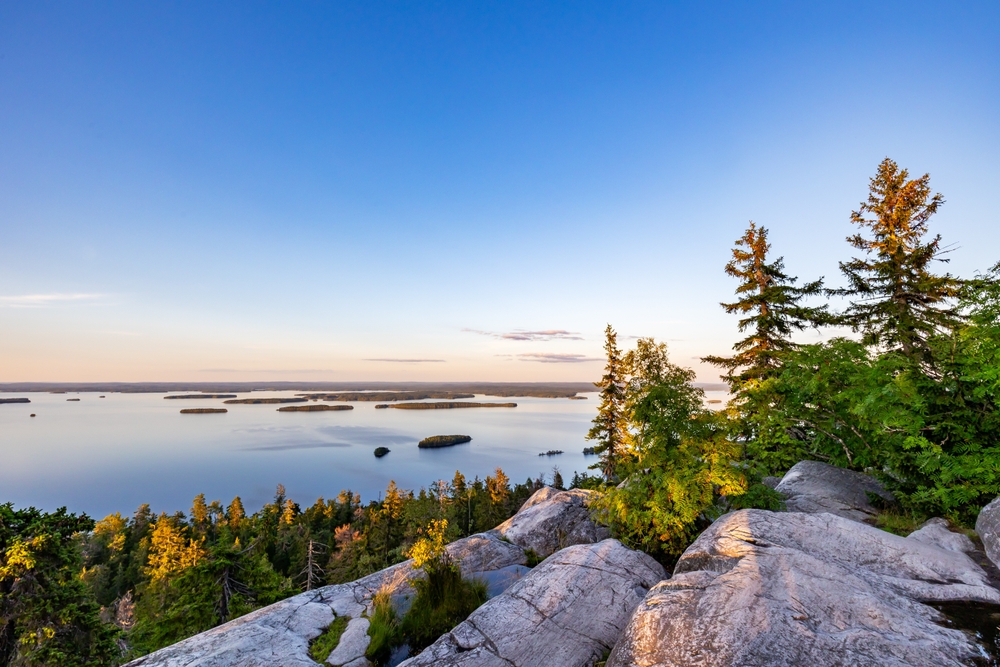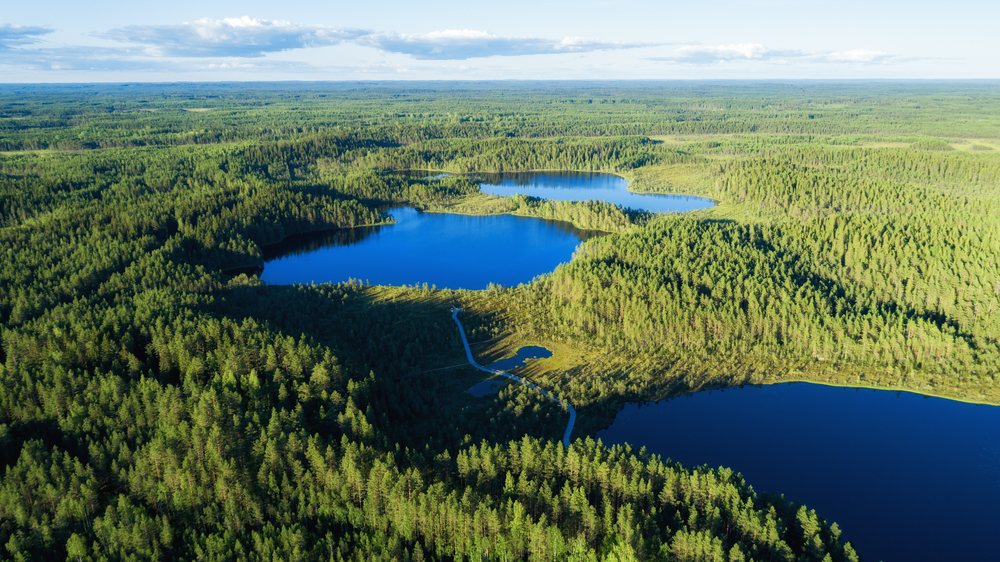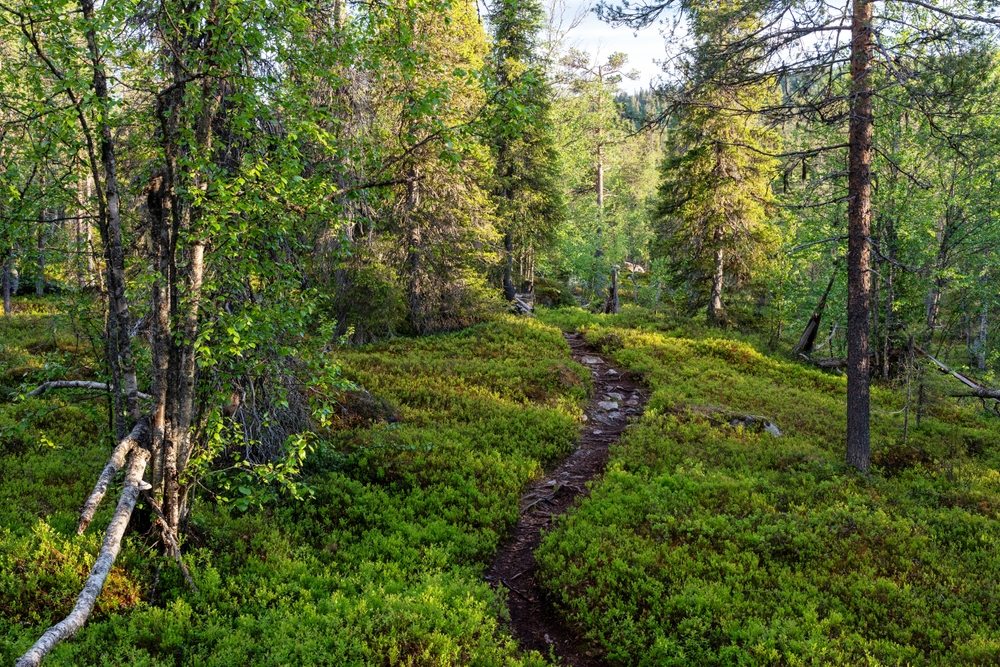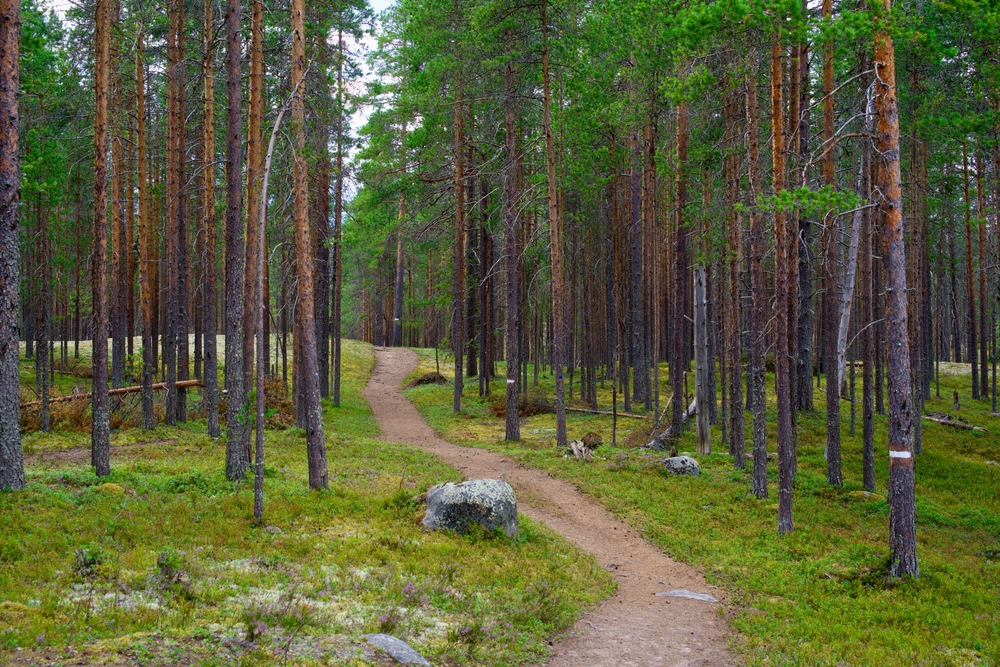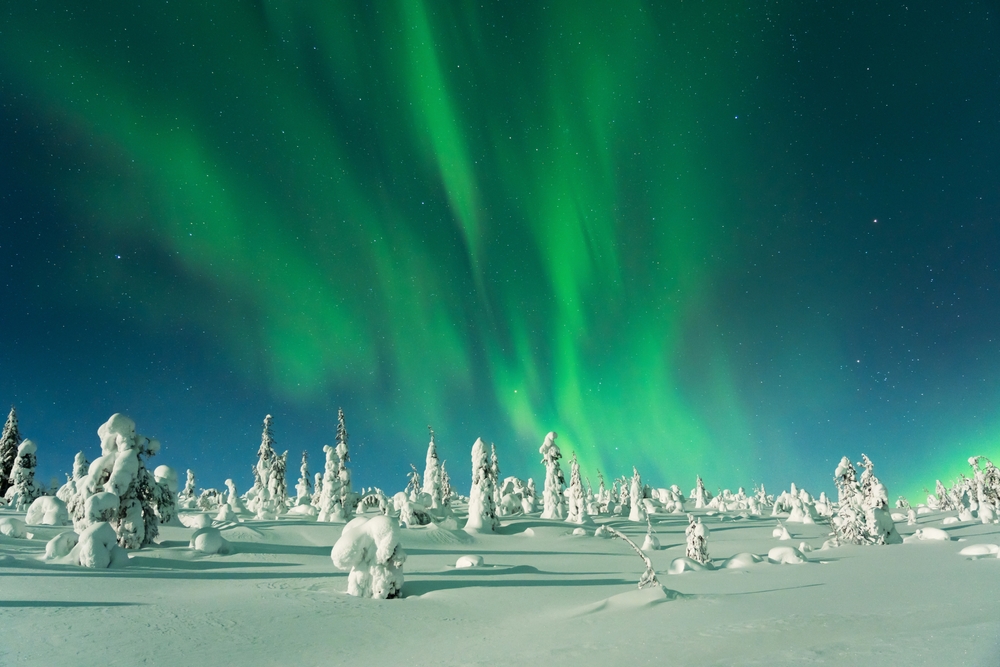Sipoonkorpi Overview
Sipoonkorpi National Park, or Sipoonkorven kansallispuisto in Finnish, is a protected natural area in southern Finland, located approximately 15 miles (25 kilometers) northeast of Helsinki.
Covering an area of about 7.8 square miles (20 square kilometers), this park is a haven for outdoor enthusiasts seeking a peaceful retreat into Finnish wilderness close to the capital region. Established in 2011, Sipoonkorpi is one of Finland’s newer national parks, yet it is deeply rooted in the country’s natural and cultural heritage.
The park features a diverse landscape characteristic of southern Finland’s boreal forests, rocky outcrops, wetlands, and rolling hills. Dense woodlands of spruce, pine, and birch dominate the terrain, creating a lush green canopy in the summer and a frosty wonderland in winter.
Rocky cliffs and exposed bedrock formations, sculpted by glacial activity, add to the rugged beauty of the park, while lush bogs and small streams provide habitat for unique flora and fauna. The Byabäcken valley, a particularly picturesque area of the park, is known for its rich meadows and old-growth forests that have remained largely untouched. In autumn, the landscape transforms with golden hues as the leaves of deciduous trees change, offering stunning seasonal scenery.
Sipoonkorpi National Park is home to a variety of wildlife, with several notable mammals and bird species making their home in its forests. Visitors may spot elk (moose), roe deer, and red foxes wandering through the undergrowth, while smaller mammals such as hares and squirrels are common. The park is also an important habitat for several bird species, including the black woodpecker, Eurasian pygmy owl, and various species of tits and thrushes.
Birdwatchers may be lucky enough to hear the haunting call of the Eurasian eagle-owl, a rare but majestic sight. Due to its diverse habitats, Sipoonkorpi provides a refuge for many species that struggle to find space in Finland’s urbanizing southern regions.
One of the most popular aspects of the park is its accessibility for hiking and outdoor recreation. Numerous well-marked trails of varying lengths and difficulty levels allow visitors to explore the park at their own pace. The Kalkinpolttajanpolku Trail, one of the most well-known routes, takes hikers through dense forests and past historical lime-burning sites.
The park also offers great opportunities for foraging, especially during late summer and autumn when mushrooms and berries, including bilberries and lingonberries, are abundant. In winter, the landscape transforms into a snowy wonderland, perfect for cross-country skiing and snowshoeing. The tranquil atmosphere and proximity to Helsinki make it an excellent destination for those looking to escape into nature without venturing too far from the city.
Conservation efforts within the park focus on preserving the natural forest ecosystems and maintaining biodiversity. While Sipoonkorpi faces challenges from increasing visitor numbers and pressures from nearby urban expansion, efforts are in place to manage sustainable tourism and protect the delicate habitats.
Local conservation organizations and Finnish environmental authorities collaborate to maintain the park’s ecological integrity while ensuring it remains accessible for recreation and nature appreciation. Thanks to these efforts, Sipoonkorpi National Park continues to thrive as an essential green space near Finland’s capital, offering a unique blend of natural beauty, wildlife, and cultural history.








































































